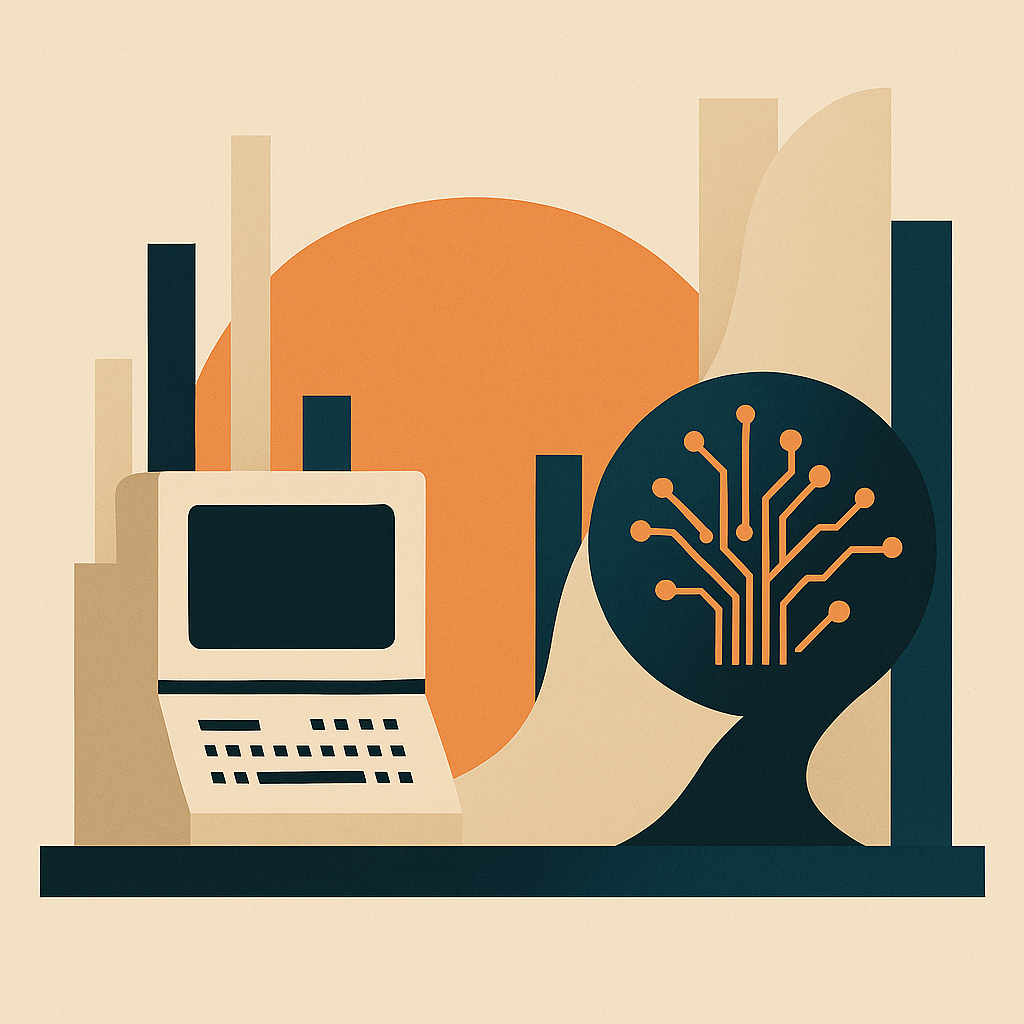TL;DR: MIT has helped transform quantum computing from a theoretical curiosity into a field poised to revolutionise industries. From building entanglement‑engineered superconducting qubit systems to developing couplers that make quantum operations ten times faster, MIT’s researchers and alumni are driving breakthroughs that may power the next generation of artificial intelligence. This article traces MIT’s contributions, explains the science and explores how quantum computers could reshape society.
Introduction: why quantum matters
Classical computers, built on bits that are either zero or one, struggle with problems like simulating molecules or optimising complex systems. Quantum computers use qubits—quantum bits—that can occupy superpositions of states, unlocking parallelism that could accelerate certain calculations exponentially. MIT, long a leader in physics and engineering, is central to this quantum revolution. From early theoretical work to cutting‑edge hardware demonstrations, MIT is shaping the technology’s trajectory.
Engineering entanglement: MIT’s qubit research
Entanglement—the mysterious correlation between quantum particles—is at the heart of quantum computing. In April 2024, MIT News reported that researchers from the Engineering Quantum Systems (EQuS) group demonstrated a technique to efficiently generate entangled states among superconducting qubits. They developed control methods using microwave technology to generate and shift entangled states, providing a roadmap for scaling beyond the reach of classical simulation. Lead author Amir Karamlou explained that this technique uses emerging quantum processors as tools to further our understanding of physics.
In April 2025, another MIT team announced that it had achieved the strongest nonlinear light‑matter coupling ever recorded in a quantum system. Using a novel superconducting circuit called a quarton coupler, they demonstrated couplings an order of magnitude stronger than previous results, which could enable quantum operations and readout to occur in a few nanoseconds. PhD researcher Yufeng “Bright” Ye noted that this advance could eliminate bottlenecks and bring fault‑tolerant quantum computers closer. By enabling faster readout and stronger interactions, the quarton architecture paves the way for high‑fidelity quantum operations.
Expanding the quantum ecosystem: startups and collaborations
MIT’s impact goes beyond lab experiments. Alumni have founded companies such as Rigetti Computing and IonQ, which commercialise superconducting and trapped‑ion quantum hardware. The MIT Center for Quantum Engineering (CQE) collaborates with industry partners like IBM and Amazon Web Services to develop hardware, algorithms and software platforms. Researchers share knowledge through the MIT Quantum Engineering Group and the MIT Initiative for the Digital Economy’s Quantum Index Report. These collaborations ensure that academic breakthroughs translate into real‑world applications, from cryptography to drug design.
MIT also hosts open courses and workshops that train the next generation of quantum engineers. Students and industry professionals learn about quantum algorithms, error‑correcting codes and hybrid quantum–classical workflows. By fostering a vibrant ecosystem, MIT positions itself as a hub for quantum talent and entrepreneurship.
Quantum computing and artificial intelligence
One reason quantum computing has captured the tech world’s imagination is its potential to supercharge AI. Quantum algorithms could speed up machine‑learning tasks such as linear algebra, optimisation and sampling. MIT researchers are exploring quantum neural networks and quantum‑enhanced reinforcement learning. While today’s noisy intermediate‑scale quantum (NISQ) devices are limited, hybrid models that integrate quantum circuits with classical deep‑learning frameworks could provide early advantages.
However, the synergy goes both ways. AI techniques help design better quantum hardware and optimise error correction. Machine‑learning algorithms can analyse qubit noise patterns, predict decoherence events and identify optimal control parameters. This convergence of quantum and AI may accelerate both fields.
Challenges and open questions
Scaling quantum computers remains daunting. Superconducting qubits require ultra‑cold temperatures and are susceptible to decoherence. Trapped‑ion qubits are slower but more stable. Researchers must engineer error‑correcting codes and fault‑tolerant architectures to run useful algorithms. Energy consumption is another challenge: as noted earlier, AI queries are energy‑hungry and data centres currently consume around four percent of U.S. electricity. Quantum data centres will add to this load, so efficiency and renewable power are critical.
The road ahead
MIT’s role in the quantum era is to push boundaries while educating policymakers and the public. The Institute is working on open‑source software for quantum compilers, designing qubit control hardware and exploring applications in fields like climate modelling, financial optimisation and drug discovery. In the next decade, breakthroughs like the quarton coupler and entanglement engineering could lead to quantum advantage in specific tasks. Meanwhile, ethical frameworks must address issues such as data privacy and access to quantum resources.
Conclusion: from theory to impact
Quantum computing is no longer a far‑fetched dream; it is an emerging technology shaped by institutions like MIT. By pioneering entanglement control, inventing faster couplers and nurturing startups, MIT drives the field forward. Yet the journey has just begun. Practical quantum computers will require new materials, fault‑tolerant architectures and sustainable energy solutions. To learn more about the history of AI at MIT, read our piece on AI’s evolution at MIT. For another perspective on the intersection of AI and technology, see our top AI tools for 2025.
FAQs
What is entanglement?
Entanglement is a quantum phenomenon where two or more particles become linked so that their states are correlated, no matter how far apart they are. It enables quantum computers to perform certain computations exponentially faster.
What is the quarton coupler?
The quarton coupler is a superconducting circuit invented by MIT researchers that creates extremely strong nonlinear interactions between photons and qubits, enabling quantum operations and readout that are up to ten times faster.
How close are we to practical quantum computers?
While the field has made rapid progress, fault‑tolerant quantum computers capable of solving practical problems remain years away. Advances like those from MIT’s EQuS group and the quarton coupler move us closer, but scaling and error correction are still major hurdles.
What will quantum computers be used for?
Potential applications include modelling complex molecules for drug discovery, optimising logistics and supply chains, encrypting and decrypting information and simulating quantum physics. Hybrid quantum–AI systems could also accelerate machine learning.
Where can I learn more?
Check out our deep dive on Boston Dynamics for a look at robotics spin‑offs or explore the forgotten inventors of Massachusetts who changed the world.

